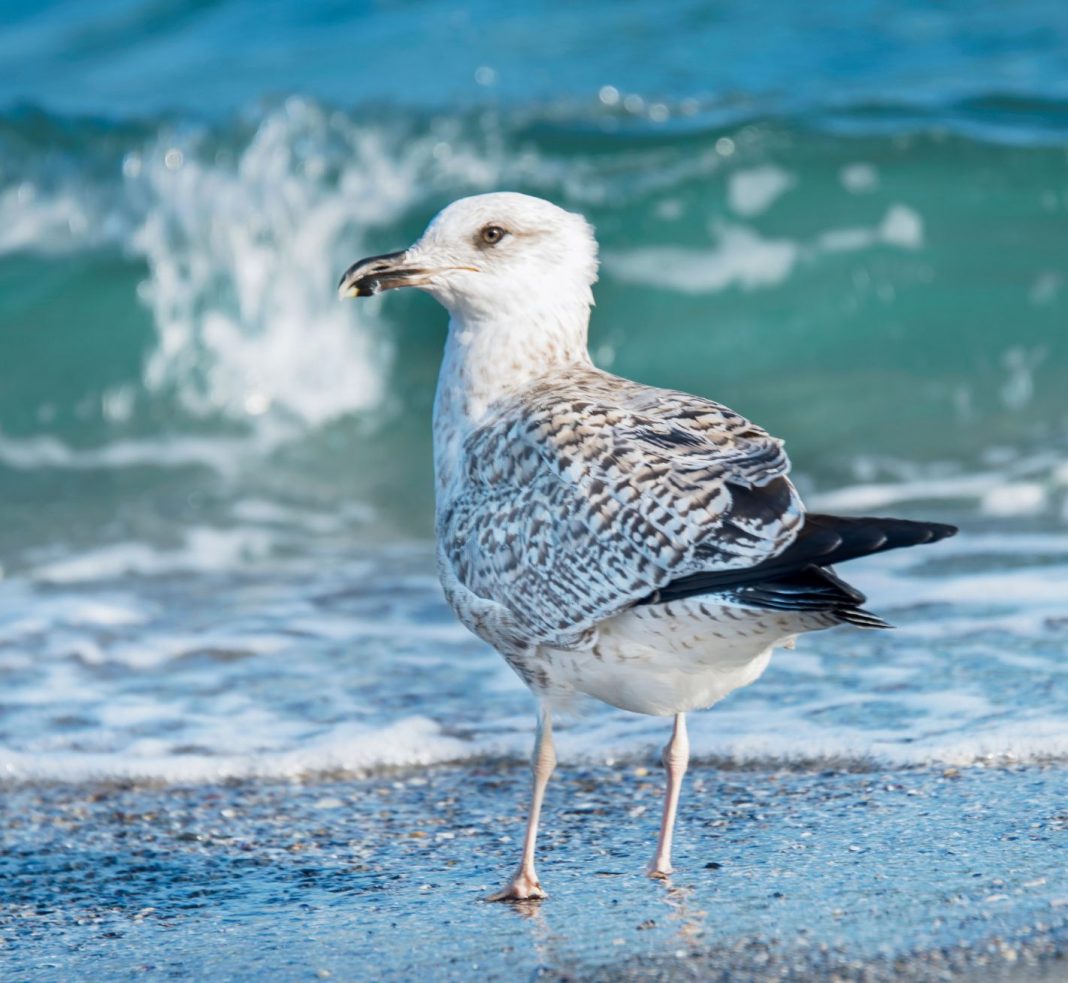Protecting the sea is one thing—knowing if it’s actually working is another. As Lebanon moves forward with plans to build a comprehensive Marine Protected Areas (MPAs) Network, a critical question surfaces: how can we measure success beneath the waves?
The answer lies in a new milestone report by the Marine and Coastal Resources Program (MCR) at the University of Balamand’s Institute of the Environment, in partnership with the Lebanese Environment Forum and supported by the European Union. This report doesn’t focus on declarations or boundaries—it focuses on monitoring, the science of tracking what’s changing in the ocean, and why it matters.
🎯 The Purpose: Measuring More Than Just Area
Marine protection is often defined by geography—square kilometers of “protected” waters. But without a system to monitor ecosystems, human activity, and climate impacts, MPAs risk becoming paper parks. This report tackles that gap, presenting a structured monitoring framework for Lebanon’s existing and future MPAs.
The goal? To build a nationally coordinated monitoring system that provides reliable data, enables adaptive management, and strengthens Lebanon’s voice in regional and global marine governance.
🧭 What the Report Covers
This isn’t a checklist—it’s a full blueprint. The study offers:
-
A situational review of MPA monitoring efforts in Lebanon and the wider Mediterranean.
-
Core indicators tailored for Lebanon’s unique marine ecosystems.
-
A harmonized protocol for environmental, socio-economic, and governance monitoring.
-
A phased implementation plan, including institutional roles, capacity-building, and data management systems.
🔍 Key Challenges Identified
-
Fragmented Monitoring Practices: Current monitoring in Lebanon is scattered across ministries, NGOs, and academic projects. There is no unified system or central data repository.
-
Lack of Long-Term Data: Most existing monitoring is short-term or project-based, with no funding continuity. This makes it hard to assess trends or adapt policies over time.
-
Capacity Gaps: Field expertise, laboratory analysis, and digital tools are all underfunded and understaffed, limiting the country’s ability to meet international reporting obligations.
🧪 The Solution: An Integrated Monitoring System
The report proposes a three-pillar monitoring approach:
-
Environmental Monitoring: Includes biodiversity surveys (e.g., fish, invertebrates, turtles), habitat health (reefs, seagrasses), and water quality indicators.
-
Socio-Economic Monitoring: Assesses the impact of MPAs on fisheries, tourism, local livelihoods, and community perceptions.
-
Governance Monitoring: Tracks legal compliance, enforcement, co-management mechanisms, and funding sustainability.
Each pillar includes measurable indicators—from seagrass coverage and species abundance to fisher satisfaction and enforcement records.
🧰 Tools and Innovation
-
GIS & Remote Sensing: Satellite data to track coastal change.
-
Underwater Cameras & Drones: To monitor inaccessible or sensitive areas.
-
Mobile Data Collection: Standardized apps for citizen science and ranger reporting.
The report also recommends creating a National MPA Monitoring Platform—a digital hub where stakeholders can upload, analyze, and share data in real time.
🚦 Implementation Roadmap
The monitoring strategy is designed in three phases:
-
Phase 1: Pilot Sites
Begin with 3–5 MPAs to test protocols, train staff, and build awareness. -
Phase 2: National Roll-Out
Expand to all declared and proposed MPAs, integrating academic institutions and civil society. -
Phase 3: Regional Linkages
Connect Lebanon’s monitoring system to the Barcelona Convention, SDG 14 indicators, and the Post-2020 Global Biodiversity Framework.
🌊 Why It Matters
Monitoring is more than science—it’s accountability. It empowers communities, guides funders, alerts policymakers, and protects biodiversity before it’s too late.
In a country navigating environmental stress, economic instability, and governance gaps, this monitoring strategy is a beacon of structured hope. It turns marine protection from a static map into a living system, where change is not just observed—but understood, managed, and shared.
Lebanon’s sea deserves no less.
The full report is available at http://www.lbeforum.org/wp-content/uploads/2025/06/Marine-Protected-Areas-Network-Monitoring-MCR-IOE-UOB.pdf
Read the report
Marine-Protected-Areas-Network-Monitoring-MCR-IOE-UOB

